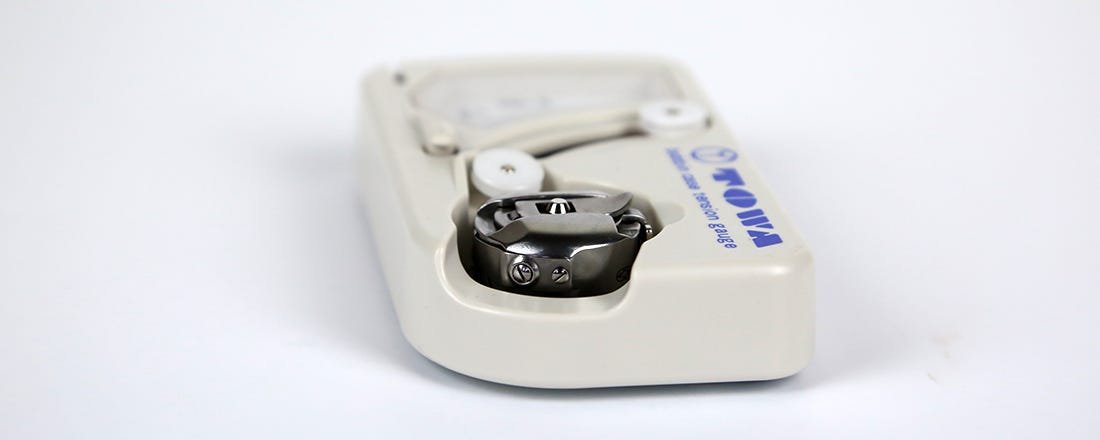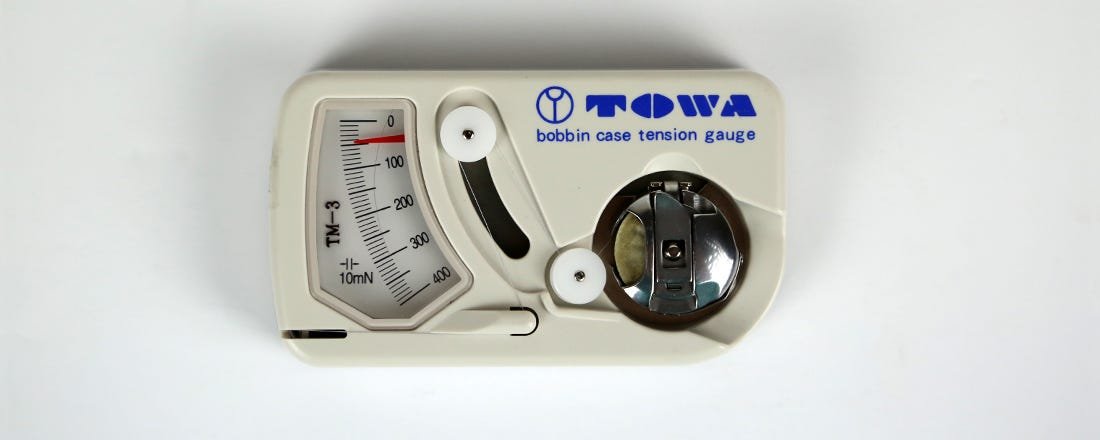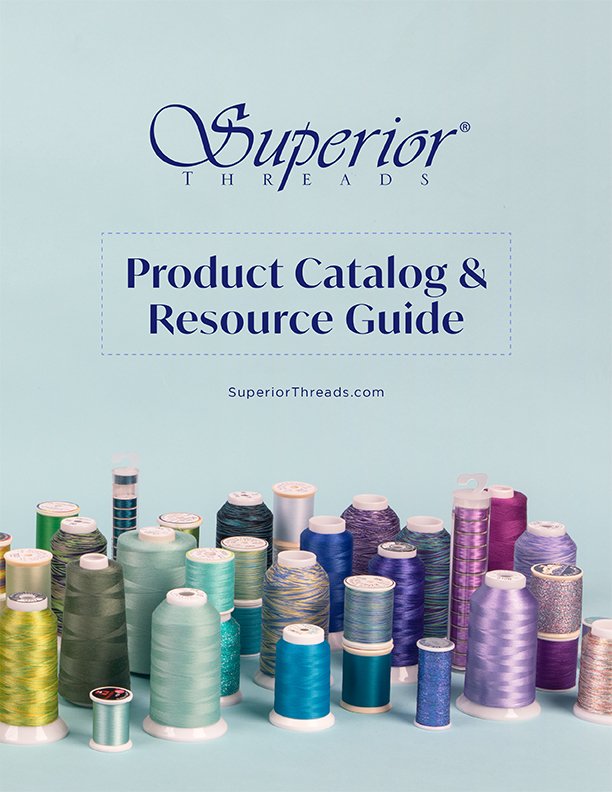Superior Education
BOBBIN TENSION Guide
- TENSION
- BOBBIN TENSION
When To Adjust The Bobbin Tension
We talk a lot about tension settings and tension adjustments on machines. 90% of the time, we adjust the top tension to achieve the perfect stitch. This time, we will discuss the other 10%, the bobbin tension. You may have been taught to never touch the bobbin tension. We're here to tell you that it is OK. It isn't as difficult as we have been led to believe. If you are one who has been told to never touch it, by the end of this page, hopefully you will realize that is perfectly safe and easy to adjust the tension on your bobbin case. An easy failsafe is to have a second bobbin case that is never adjusted to keep a baseline bobbin tension. However, why not save $30 to $40 instead of buying a new bobbin case and learn how easy it is to make simple adjustments? Over time, tensions can change with regular use. Even though you haven't physically changed the settings, they can work themselves either tighter or looser. Thread, lint, and even temperature can affect them.
When making changes to bobbin tension, increasing or decreasing, turn the large screw on the bobbin case in small increments. If you think of the large screw as a face of the clock, adjust the screw in 15-minute increments, test, and adjust again if necessary. We'd like to review three occasions when adjusting the bobbin tension might be necessary. The first two are obvious, but the third may be an "I never thought of that before" alternative.

To loosen or tighten the bobbin tension, turn the large screw in small, quarter turn increments
- When using a very smooth, fine bobbin thread the preset tension may not be tight enough to apply adequate pressure on the thread. You may have heard the term backlash before. Backlash occurs when the machine stops sewing, but the bobbin thread keeps unwinding. Tightening the bobbin tension will fix this.
- When using a heavy or thick thread in the bobbin, the preset tension might be too tight. This may put too much pressure on the thread as it comes out of the bobbin case and can prevent the bobbin thread from unwinding freely. Loosening the bobbin tension will solve this.
TOWA Bobbin Gauge Template
The TOWA Bobbin Gauge is excellent for all longarm and midarm quilters who want to take the frustration out of adjusting bobbin tension. Who doesn't want to ease this frustration?! We have created a template containing our recommended bobbin tension settings that is applicable for all longarm machines. Home machines typically don't need as much bobbin tension adjustments as longarm machines.

The TOWA bobbin gauge works by measuring the resistance of the bobbin thread coming out of the bobbin case against a series of pulleys. Bobbin tension can be increased or decreased by turning the small screw on the bobbin case in small movements. Unlike the top tension of a sewing machine or longarm machine which requires significant rotational movement to adjust tension, turning the screw 1/4 turn in either direction can have a large impact in bobbin tension. By associating a numerical value for bobbin tension, it is easy to dial the bobbin tension in with each new bobbin or when swapping top threads. Using the TOWA bobbin gauge in your longarm quilting routine will save you time and help you start each quilt with proper bobbin tension.
A question we often hear regarding bobbin tension:
Q: There are times when the bobbin adjustment is correct but no matter what I do to the top tension, I still can't get a perfect stitch or the thread continues to break. When I loosen the top tension adequately low, to run a sensitive or heavier thread, I get loops on the back. When I tighten the top tension to get rid of the looping, the thread breaks. How can I fix my tension?
A: Looping on the underside, or back of the fabric, means the top tension is too loose compared to the bobbin tension, so the bobbin thread is pulling too much top thread underneath. By tightening the top tension, the loops will stop, but the added tension may cause breakage, especially with sensitive threads. In this case, it might be necessary to loosen both the bobbin tension AND the top tension. By loosening both the top and bobbin tensions, both sides of the tug-of-war become equal, allowing a good stitch without breaking or looping.

 View Our Product Catalog
View Our Product Catalog